|
Expeditions: ALUCIA ship to SPSPA (St Pauls Rocks) - WHOI/CALACADEMY/UFF
A team of fourteen scientists from Woods Whole Oceanographic Institution, California Academy of Science,
Universidade Federal Fluminense and Universidade Federal da Paraíba are gathered in a 22 days expedition to
explore the unknown limits of the SPSPA in the ALUCIA vessel. The MASTER M/V ALUCIA is equipped with two
submersibles, aquarium room, wet lab/dry lab, media lab, mission control, scuba ops, multibean, CTD/rosette and
science freezer. The WHOI/UFF team is in search for hydrothermal activity, including geology, chemistry and biology
of deep bottoms around the SPSPA. CalAcademy/UFF scientists are describing and quantifying fish and benthic
communities of mesophotic and shallow reefs, looking for new species and patterns of community structure. A
detailed mapping from 0 to 600 meters are being processing using a multibean equipment which data will permit
scientist understand the real dimensions of the seamounts and reefs of SPSPA.
Despite the SPSPA is included in an APA (Environmental Protected Area), together with Fernando de Noronha and
Atol das Rocas, other two important oceanic systems of the Brazilian marine province, the reefs of SPSPA are not
fully protected from fishing and other impacts. The data that are been collected will help future conservation efforts to
show the importance of this isolated archipelago as marine resources repository as well as to hold unique species
found no where in the planet.
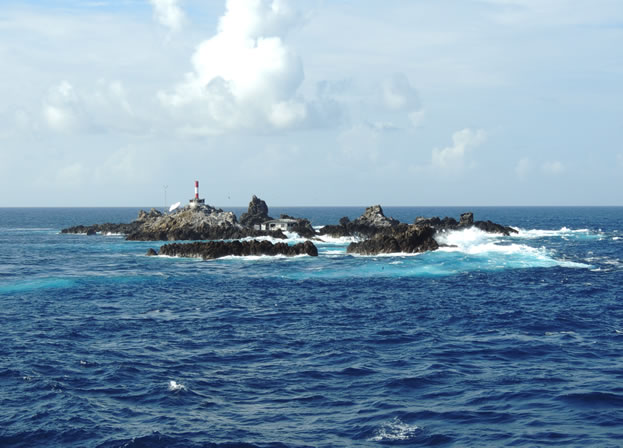
St Paul’s Rocks is one of the smallest oceanic island in the Atlantic.
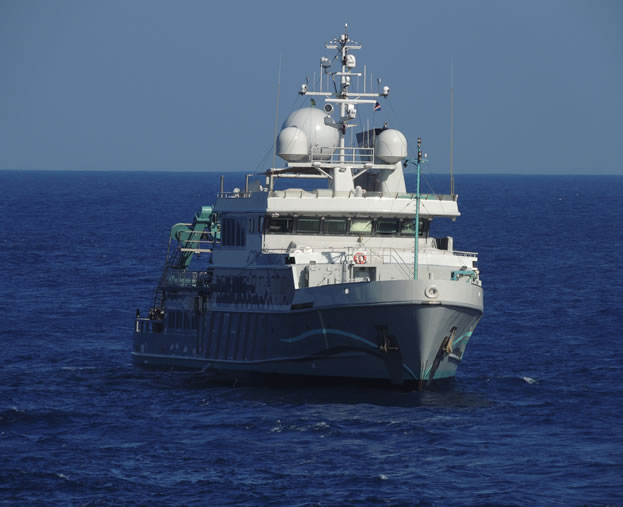
The M/V ALUCIA is a 55 meters ship well equipped for research and midia.
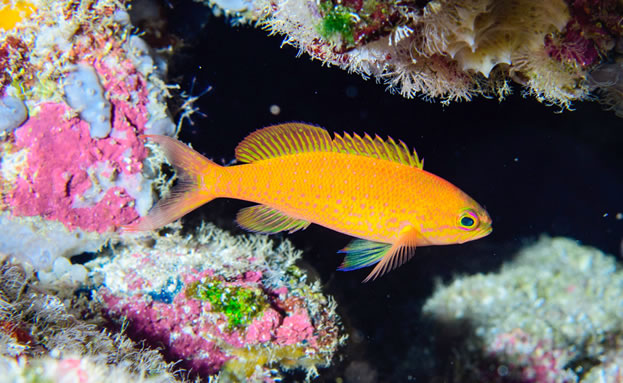
Coranthias salmopunctatus is one of the rare endemic fishes of SPSPA.
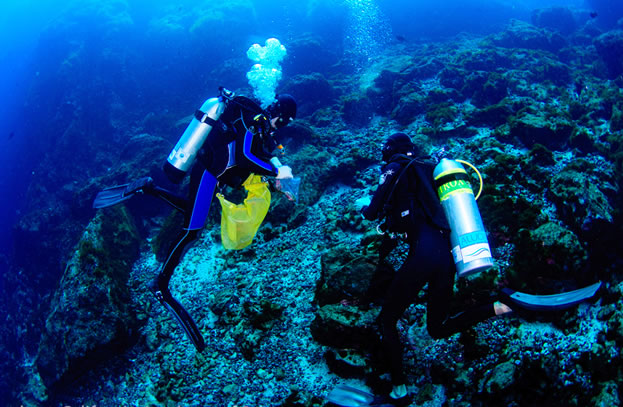
Scuba divers are sampling for fish abundance and benthic coverage on shallow reefs.
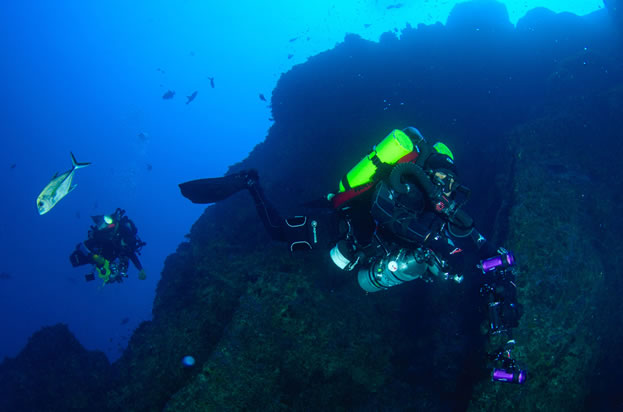
Rebreather divers are exploring reefs up to 130 meters deep.
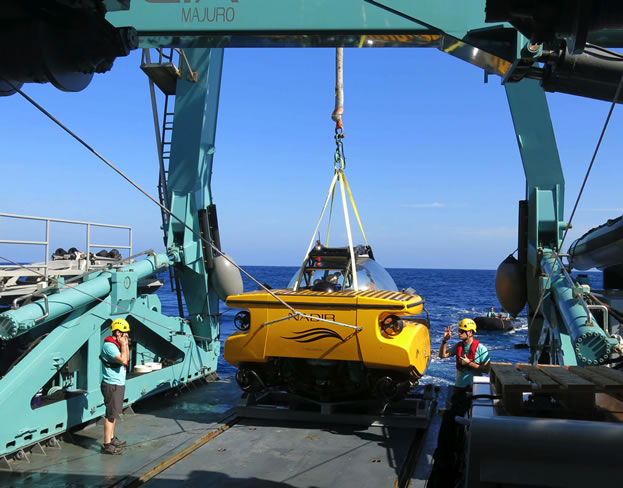
Two submersibles like NADIR are exploring the ocean floor around SPSPA to 600 meters.
Written by Carlos EL Ferreira
, June/2017. |















